In conflict-hit Mozambique, a tropical storm warns of hunger – and the next cyclone
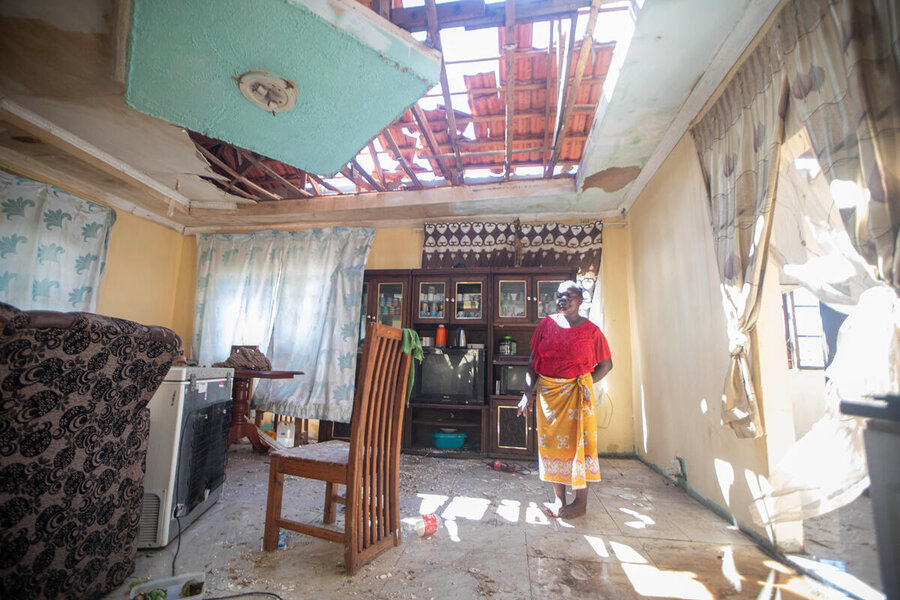
Extreme weather has a fondness for Mozambique, one of the world’s most climate-disaster-prone countries. Five years ago, the deadly and devastating cyclone Idai struck, and then last year came cyclone Freddy, which caused destruction across southern Africa.
“We don’t have enough time to conclude one assessment and get our heads around a response, and start mobilizing, before another shock arrives,” says World Food Programme Country Director Antonella D’Aprile on a video call from Maputo.
Last week, tropical storm Filipo landed, wreaking havoc across the central and southern regions of Inhambane, Gaza, Maputo, and Sofala. Around 48,000 people have been affected, with 10,000 homes completely or partially destroyed, along with schools, health centres, and power lines – 100,000 people were left with no electricity.
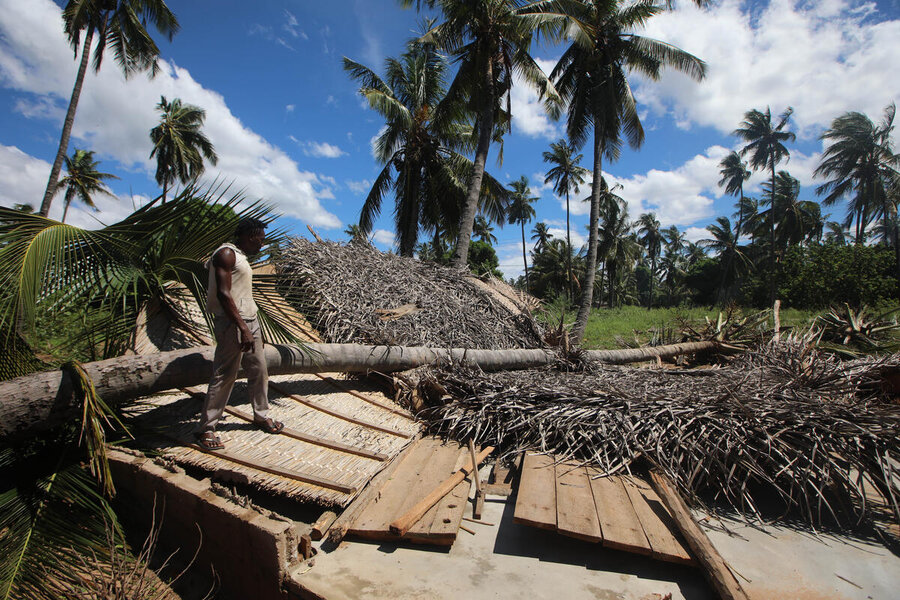
“It comes on top of a very dire situation because the last IPC (the global standard for measuring food insecurity) indicated 3.3 million people food-insecure between last November and March,” says D’Aprile.
“WFP is ready to respond in case the Government requests our support with a 30-days ration for a family of five for up to 50,000 people,” she adds. “We are doing assessments with them in Sofala, where we also have an all-terrain vehicle on standby to reach remote areas with food and get the first communications with the isolated communities hit by the storm.”
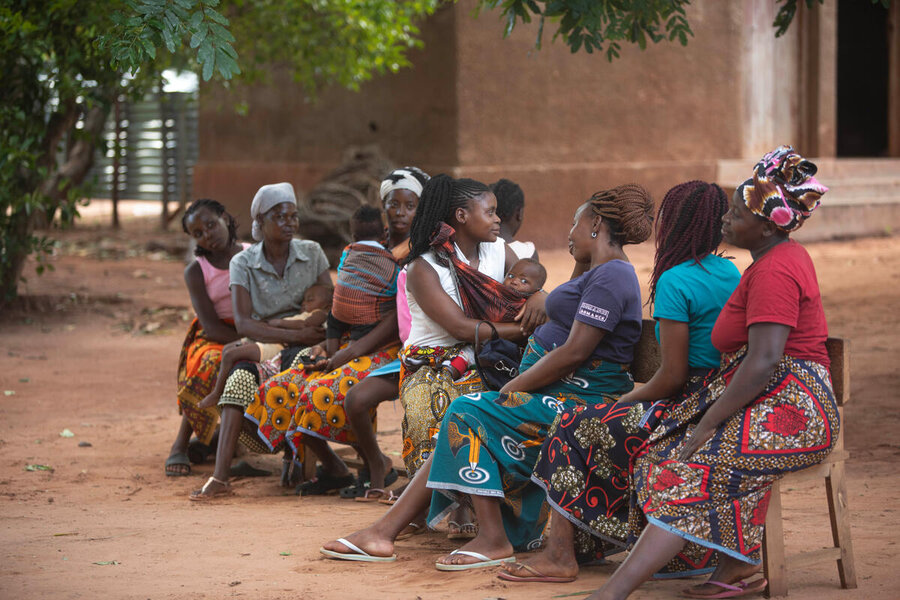
“We have a team deployed with the Government – with the National Institute for Disaster Management – to support in preliminary assessments in some of the districts that have been cut off from communication.”
In an odd bit of good news, at least in Gaza province the effects of Filipo were to an extent mitigated by its drought-struck plains – handiwork of the El Niño climate phenomenon, which, bizarrely, ended up “a sort of protection from the heavy rains,” says D’Aprile. “The river and the basins didn’t rise because the soil absorbed the waters.”
Displaced by conflict
While Filipo luckily didn’t make the grade as a cyclone, it’s cast a spotlight on the huge problems WFP faces in Mozambique, especially in the north – following attacks between December and 3 March, 113,000 people have been forced to leave their homes by the violence in Cabo Delgado, the biggest wave of displacement since the outset of conflict there in 2017.
“This is not a good sign,” says D’Aprile. “It means that the non-state armed groups have a strategy and the intent is really to destabilize again the province.”
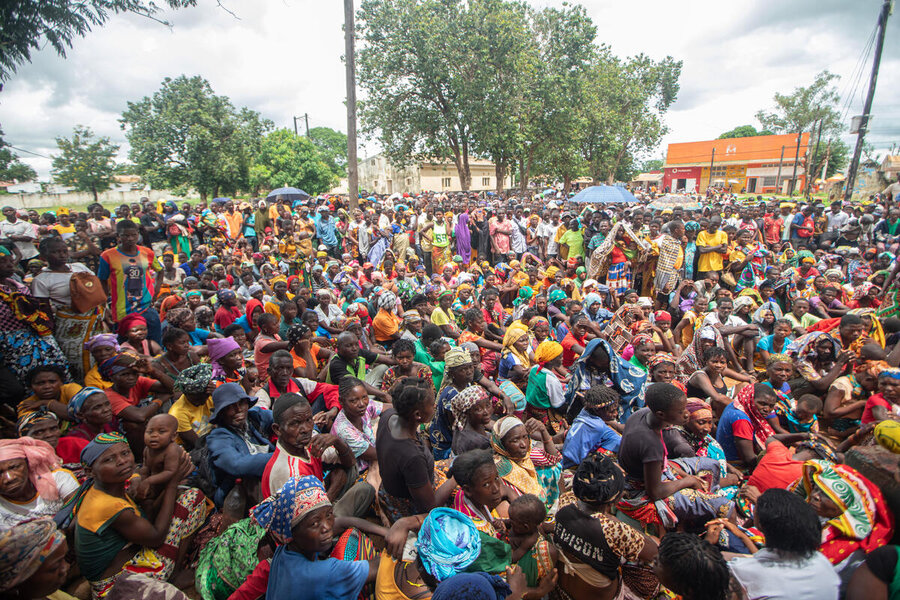
Children and women account for 62 percent and 23 percent of the newly displaced – many have crossed into neighbouring Nampula province where WFP is working closely with UN partners UNICEF and the International Organization for Migration, equipping people with tents, hygiene kits, and enough food for a week.
So while “it’s fortunate that the degree of the tropical storm went down to moderate,” says D’Aprile, “we are overstretched.”
To put that in perspective, in January 2023, WFP assisted 1 million internally displaced people (IDPs) and host community members in northern Mozambique. “Through January this year, we only managed to assist half that figure”.
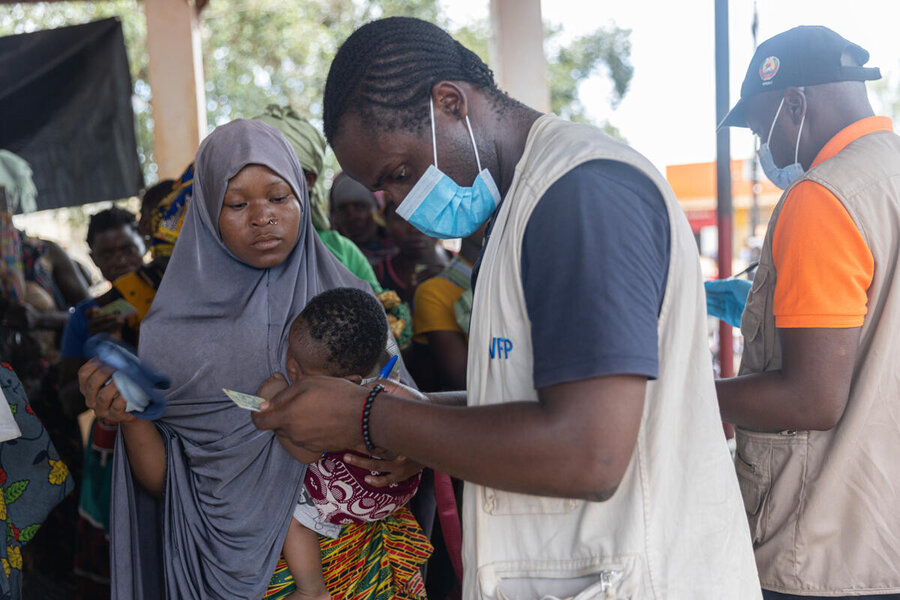
“It’s very complex,” says D’Aprile. “By May 2024, because of a lack of resources, we’ll have to go down to 215,000 people – that’s a drastic reduction at a time of need.”
Currently, WFP supports 30,000 people in the district of Erati in Nampula, complementing Government efforts, with local partners and UNICEF. In the area south of Cabo Delgado, we’ve managed to assist 17,000 people.
“We've managed to do so by adopting two mechanisms,” says D’Aprile. “One – half-rations so we can reach more people. Two – prioritizing by using vulnerability-based targeting.”
‘WFP would not be able to respond to another shock without even more drastic vulnerability targeting’
That means: “It’s no longer a case of ‘You are affected by conflict, we are there to support all of you’ – we can’t because resources are more and more scarce.”
She explains: “We looked at people, not based on their displacement status but on their vulnerability status to understand who to target with the limited resources we have, who to prioritize based on a vulnerability profile achieved after two years of calling in data – WFP Mozambique is on the cutting edge in mapping vulnerability.”
While this mode of checks is being picked up by a number of countries in which WFP operates, D’Aprile says it is “something that is making me as a Country Director seriously preoccupied because it’s a very tough decision to make.”
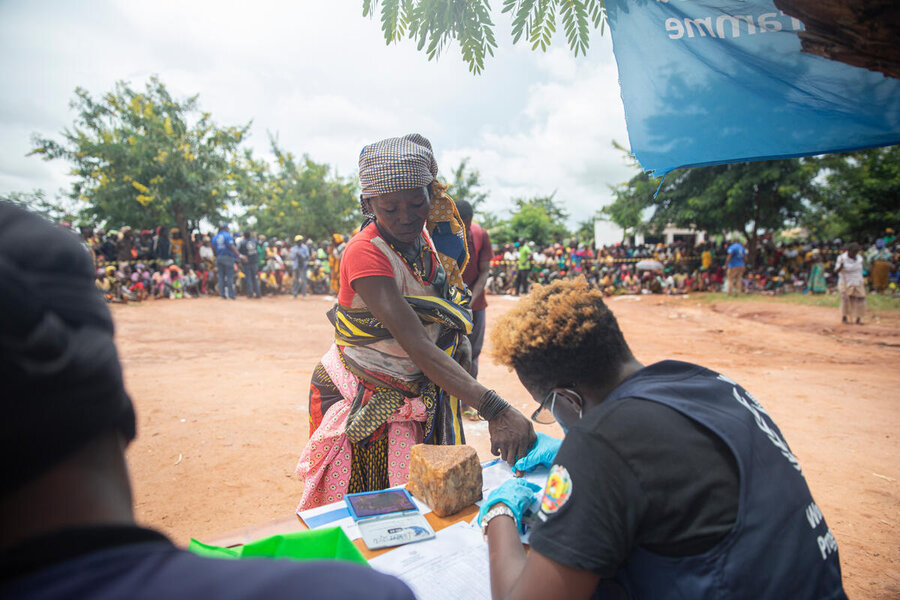
The fact is, with an unprecedented and severe reduction in funding, “if WFP Mozambique had to face another major shock, whether climate, conflict, food prices, or inflation – we would not be able to respond or we’ll have to apply an even more drastic vulnerability targeting to understand how to prioritize – so a very, very tough call indeed.“
What would D’Aprile do if the full resources required were in place.
“I would entirely fund the home-grown school feeding programme,” she says. “Education is one of the poverty drivers in the country – that leads to food insecurity.”
“I would increase the programmes we run with the Government adapting to climate change.”
“I would give enough food to all the displaced people in the north of the country – while increasing also the livelihood programmes for them that we have in Cabo Delgado, especially for displaced young people.”
WFP operations in Mozambique are facing a shortfall of US$ 73.9 million for the next six months.
